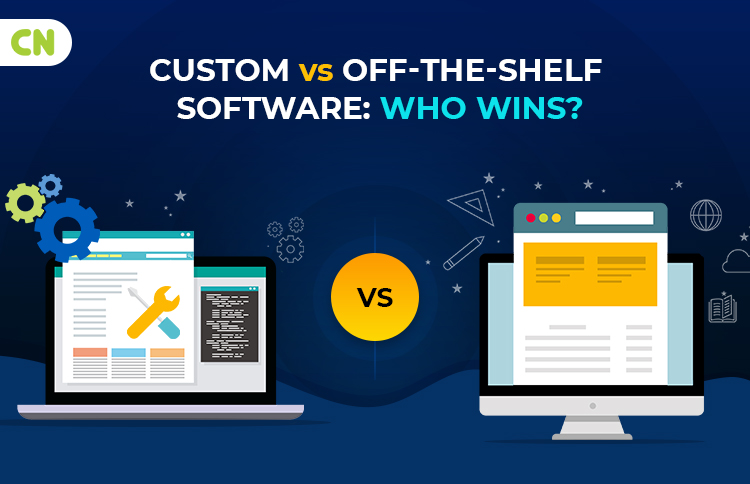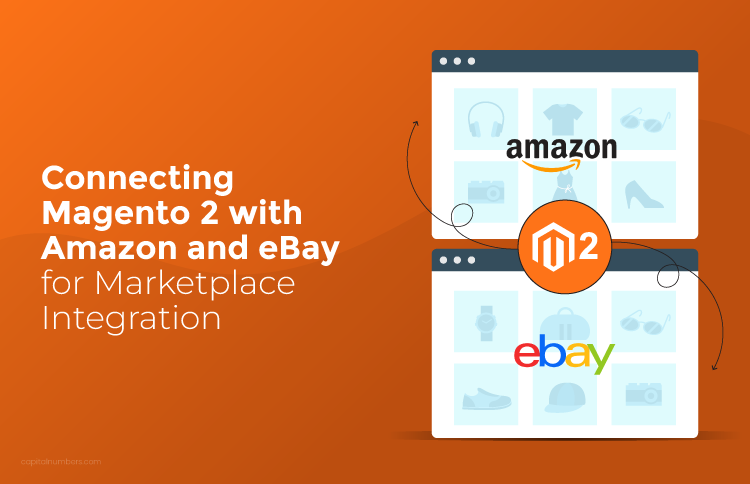Custom Vs Off-the-Shelf Software: Who Wins?
Table of Contents
It’s hard to imagine a thriving business that doesn’t rely on software. Certain software and technologies can become so mission-critical, were they removed, the entire business would fall apart and cease to function.
Of course, the converse is true. Important software can make your business run faster, free up important human hours, and keep things ticking along on automatic. A “perfect fit” software can drastically improve the way your business works … in terms of managing human resources, making sales, database management, and more.
The only problem is that creating this kind of software often means buying customized software. And, customized software can be expensive. Not to mention time-consuming. So, there’s this misconception that custom software is exclusive to the top-market business.
Can small businesses or mid-tier businesses afford the costs it takes to develop fully customized solutions that match their every need?
Maybe. It depends on your needs. Even if a software is inexpensive or free, the costs of underperformance may actually be MORE expensive than ordering a custom solution.
In fact, an “out of the box” software with sub-par speed, flexibility, and integration options can actually lose you more money, in the form of opportunity costs, than you may spend on an expensive custom solution. Then again, maybe not. If you’re a decision maker or a budget holder, you’ll need to assess the long term costs and risks associated with each.
That’s what we’ll be discussing in this post.
Out-of-the-Box Software:
Even if your company needs custom software in some places, it’s highly likely you’ll be using out of the box solutions for certain processes — productivity management, CRM, and accounting software are a few examples. There’s a lot of competition in these areas and you can probably just purchase a monthly subscription for these solutions.
The tradeoff for “renting” these products on a month by month basis is that the vendor handles maintenance, updates, and infrastructure management… all you have to do is learn to use the product. This saves you a considerable amount of resources in terms of labor and your team’s focus.
While that seems convenient at first, monthly subscriptions can actually prove to be quite costly. The first issue is, of course, the monthly fee. But there’s also the matter of features and functionality.
To get the most out of a mass-market subscription product, first make an assessment: do the functions of the product validate the price? You might think so at first, as long as the product offers certain benefits you’re willing to pay for. But are you using EVERYTHING it offers? Or will you simply ignore some functions — for which you’re getting billed anyway?
And, if you’re paying for features you don’t use, aren’t you just wasting money? Now, remember that this charge is compounded month after month. The costs begin to add up… even in “inexpensive” software… and you incur them every month regardless of how much you used the software.
So, the convenience comes with tradeoffs.
Moving on…
Plugins / Modularity / Customization
While off the shelf solutions are usually “one size fits all,” they occasionally come with the options for plugins, modularity, or small customizations you can make with your own time, and at your own expense. This provides a temporary “stop-gap” solution where you can buy the software, then buy the customization, then put it all together as a kind of “Frankenstein’s monster” that hopefully handles all your needs.
There are two things you need to know about this approach.
1 – While the product might be off-the-shelf, customization options might require a request, a consultation, and further costs, to add on. In this case, you’ll be paying time and labor costs, in addition to the monthly software fees.
2 – They aren’t always available.
So, if you’re looking into an “off the shelf” monthly subscription software, just know that you may incur additional expenses making it work for your team… in addition to monthly subscription fees.
Which brings us to:
Custom Solutions
Custom software is more expensive and takes more time to develop upfront, especially if you want to get it right the first time. You will also probably need to perform maintenance and management on it yourself.
However, those are really the only downsides. The payoff? You’ll end up with a solution that can help your business for years to come.
Plus, the perceived negatives aren’t actually that bad. For example, the maintenance and management you pay on the software are the only regular or semi-regular fees you might incur. And, you might not even incur them (see below).
You will essentially own your custom software and won’t have to pay for it month after month. You usually won’t have to pay for extras and add ons— they’ll be baked into the one-time price.
Speaking of price…
While getting custom software development is expensive — and there’s no way around it — it might actually save you costs in the long run. Lower monthly fees are just the start. Imagine all the money a custom solution can save you in terms of human capital and management, for example.
Plus you can cut that expense drastically if you outsource your development to a reputable remote development partner. A good one will develop the software for you, suggest areas for improvement, and communicate every step of the way… while staying within your proposed budget and deadlines.
And, that’s not all. A good one might actually stay on for ongoing maintenance, management, and updates for your custom software — it’ll be like having an in house team to handle everything but at a lower price. Under such an agreement, you might not incur monthly fees at ALL.
Conclusion
While out of the box software has its “pros,” we highly suggest going with a custom solution as soon as its financially viable. It will not only be the most viable solution in the long run… but over time, it actually might also save costs for your organization.
If you would like to get it done efficiently, and at about half the cost, you might consider going to a remote outsourcing agency. They will build your product, consult with you on strategy, and even stick around for ongoing maintenance.














